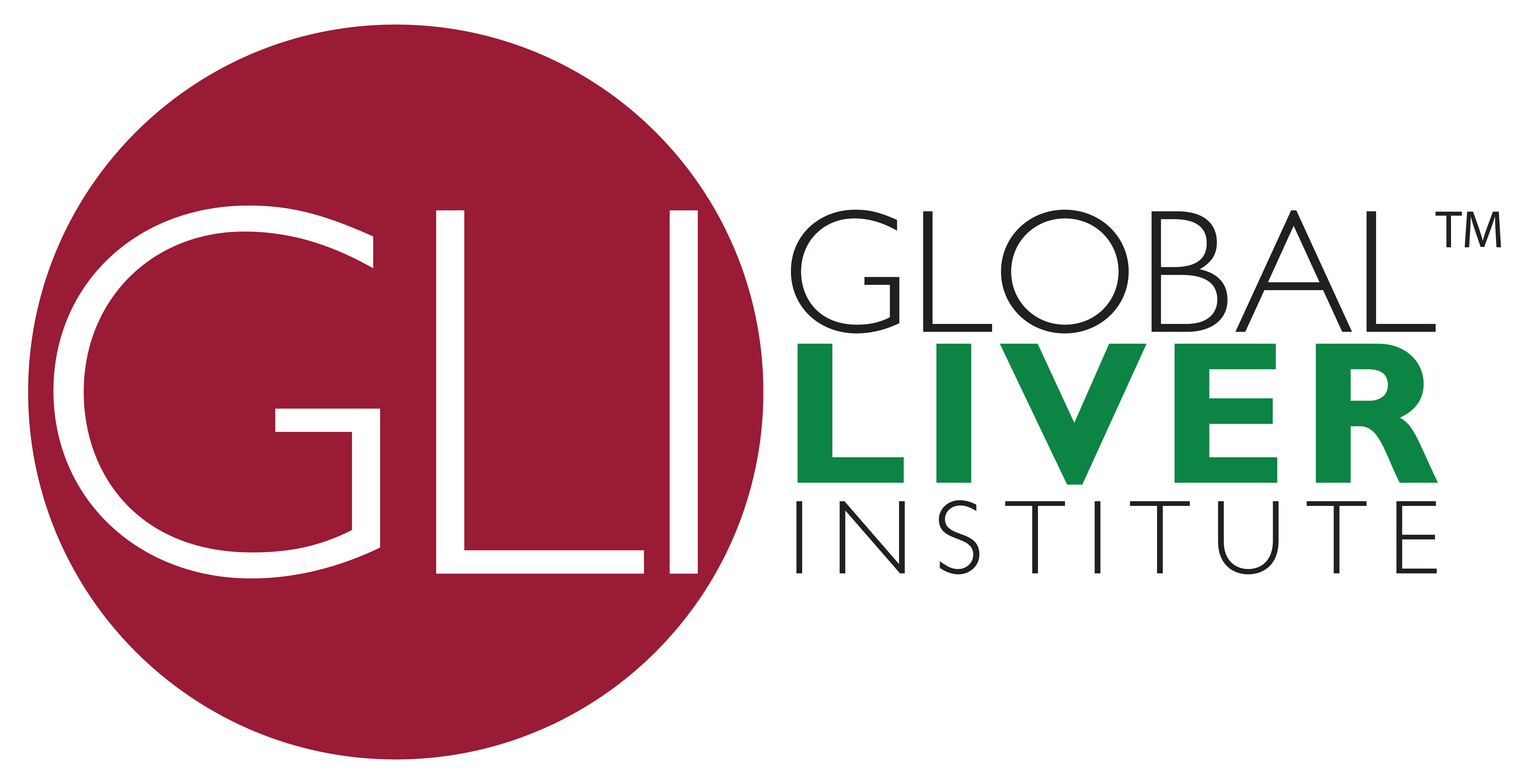Our March LiverMatters blog highlights how innovation is creating new options for treating liver cancer, in fact establishing an entirely new approach through interventional radiology. Please read this timely brief article by Lance Funderburk.
In conjunction with this article, GLI is also very excited to announce and launch the first exhibit of our Creative Collaborative for Liver Health at the Society of Interventional Radiology annual meeting at the Walter E. Washington Convention Center in Washington, DC March 4-9, 2017.
The Creative Collaborative for Liver Health raises awareness of and appreciation for the struggles and aspirations of patients, families, researchers, and clinicians in the liver community.
Liver Cancer is one of the few cancers whose rates in the US and around the world are rising instead of falling. Interventional radiology and interventional oncology therapies are essential ensuring that patients with liver cancer are diagnosed as early as possible so that they have every innovative option for survival available to them.
If you are at the meeting, please come visit us at Booth #1216 and follow us on Twitter @globalliver #LiverMatters
We give great thanks to all of the artists who contributed their time and talent, the Society for Interventional Radiology, Society for Interventional Radiology Foundation @SIRspecialists and BTG Interventional Medicine @BTG Booth #1224 #SIR17DC

By Lance Funderburk, VP Commercial Operations, US – Interventional Oncology at BTG International
Traditionally, doctors treating cancer had three weapons available to them:
- Systemic chemotherapy is when doctors use drugs to try to poison the tumor;
- External beam radiation is when doctors use a beam of radiation from outside the body to irradiate the tumor; and
- Conventional surgery is where surgeons aim to remove cancerous tissue from the body.
Today there is another option, a so-called “fourth pillar of cancer care”, called interventional oncology.
Interventional oncology is the name given to image-guided, minimally invasive procedures performed interventional radiologists specializing in this area of medicine. They use imaging scans as maps to identify the location of tumors and they use blood vessels as pathways to access and kill tumors or shrink and prepare them for removal. Essentially, interventional oncology aims to pinpoint the tumor inside the liver and to journey within blood vessels to deliver ingenious treatments exactly where they’re needed most.
For appropriate patients, interventional oncology procedures can offer palliative or therapeutic treatment for those suffering with liver cancer. In some cases these procedures offer an alternative for patients who have complex comorbidities that preclude them from undergoing surgery, or they may be used alongside chemotherapy and radiotherapy.
Interventional oncology offers a range of tools and techniques that would have seemed like science fiction only a generation ago, such as:
- Tiny beads — some the width of a human hair or smaller — injected directly into blood vessels that feed a cancerous tumor to cut off its blood supply and starve it of oxygen and nutrients.
- In another procedure, microscopic beads deliver precise doses of radiation directly to the tumor in higher amounts than could ever be imagined with traditional external beam radiation in a single session.
- Instead of using blood vessels as the route to the tumor, interventional radiologists can also use image guided procedures combined with high tech needles that pass through the skin to destroy tumors with heat (radiofrequency or microwave ablation) or freeze tumors to death (cryoablation).
Moving from major surgery to minor procedure can have numerous advantages for the patient. Most of these procedures are outpatient or require only a brief overnight stay in the hospital. Recovery time is minimal; some patients are active as early as the next day. Unlike systemic treatments, such as chemotherapy, which impact the whole body, these approaches treat cancer tumors locally and often help patients avoid side effects such as hair loss. With this in mind, these procedures can lead to healthcare cost reductions and support the delivery of value-based care for patients. Interventional oncology is designed to be precise, personalized and patient-friendly.
The field of interventional oncology is developing fast. Better medical imaging, such as 3D Computed Tomography (CT) scans, is helping physicians see more and specifically designed software is helping them to better plan their procedures and determine appropriate dosing. New catheters and wires are allowing physicians to reach further and more precisely deliver therapeutics through the arteries, reaching deep into tumors while minimizing impact on healthy tissue. New, innovative device technology and drug-device combinations are helping physicians to treat smarter. These developments in cancer care are happening more and more. For example, recently approved beads are visible to physicians under X-ray allowing them to track their movement in real time and making it easier to ensure all of the arteries feeding a tumor are completely blocked.
Increasingly interventional oncologists are part of the multi-disciplinary team, working alongside medical, surgical, and radiation oncologists to do what is best for individual patients. It’s well worth being aware of this fourth pillar of cancer care, which aims to provide an innovative, minimally invasive approach to tackling liver cancer. No one approach to cancer is going to be right for all patients, but in this fight, you want to make sure you’re using every weapon available.
To that end, we have sponsored a short video with Exploration Health about the latest advancement in personalized therapy. Take a look at the 15-minute clip HERE where physicians and patients share their experiences. Look out for the one-hour educational documentary due to air in full across the PBS America network in the coming months.
